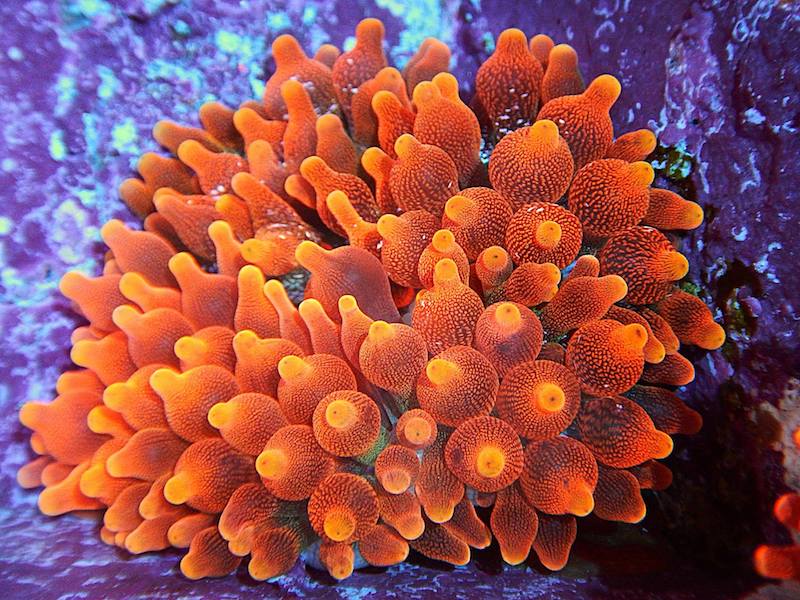Clownfish Tank
Maroon Clownfish
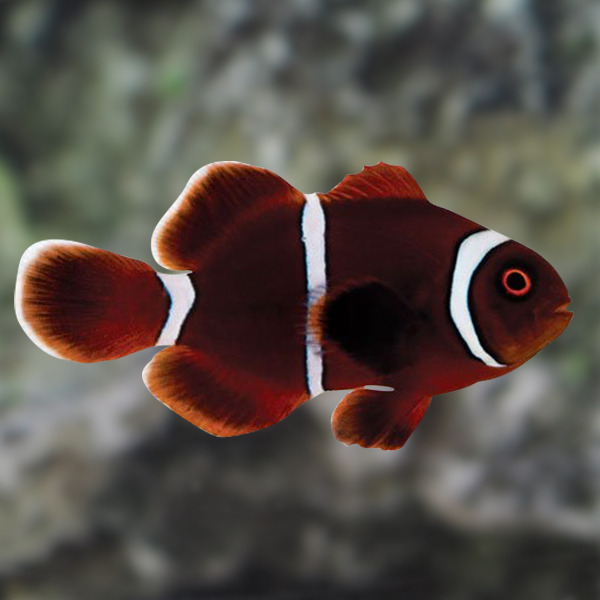
Diet: They are omnivores. They can eat the undigested food from their host anemones, zooplankton and algae.
Size: Up to 7 inches
Life Span: Up to 10 years
Clownfish host anemones and they create a symbiotic mutualistic relationship. The anemones protects the clownfish from predators and provide food through their scraps and in return the clownfish defend the anemones from predators and parasites.
The mucus coating of the clownfish is based on sugars rather than proteins which makes the anemone fail to recognize them as a food source and does not sting them.
Clownfish are hermaphrodites which means that they are born male and when they mature they turn female. Their group is called a harem within which is a hierarchy so the largest and most aggressive female is found on the top.
Six Line Wrasse
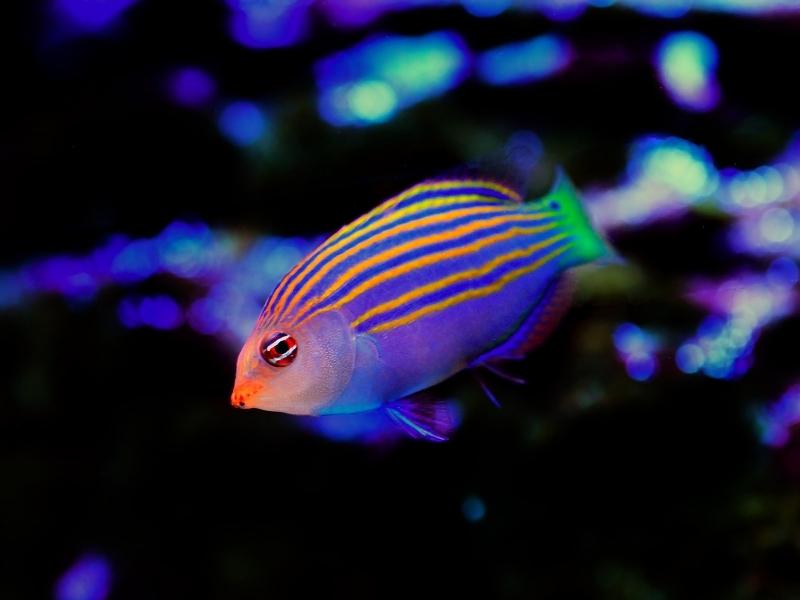
Range: Indo-Pacific Region
Diet: Carnivore including small crustaceans and parasites.
Size: Up to 4 inches
Life Span: Up to 20 years
Six Line Wrasse are a secretive species preferring to hide in crevices and rock. At night, they will create a mucus cocoon to mask their scent from predatory fish. They have been known to act as a cleaner fish, removing parasites and copepods from other fish.
Blue Legged Hermit Crab
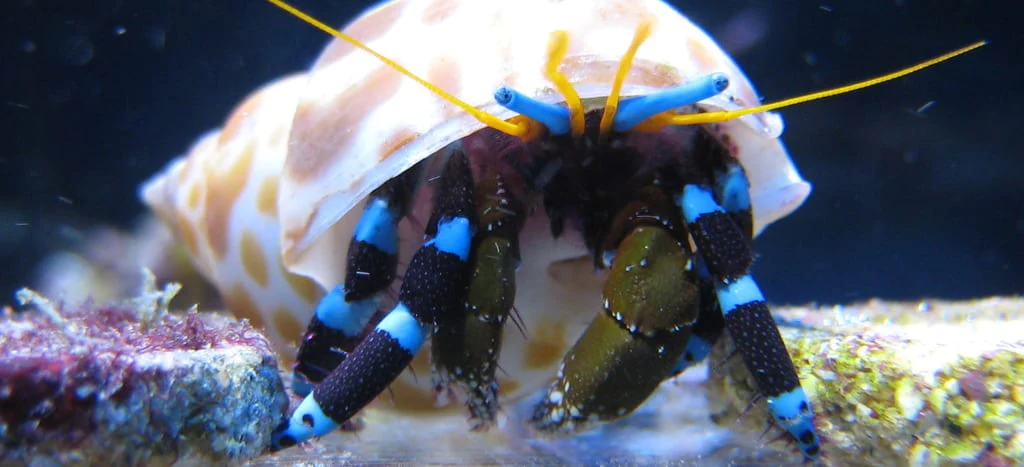
Range: Caribbean Sea
Diet: Detritivore including dead plants and animals and algae.
Size: 1 inch
Life Span: 2 years
The Blue Legged Hermit Crab sifts through the sand looking for food. In the aquarium world they are considered to be part of the cleanup crew
They change shells and if they cannot find one then they will temporarily hide by an anemones foot for protection. They also molt their exoskeleton as they continue to grow.
Yellow Tang
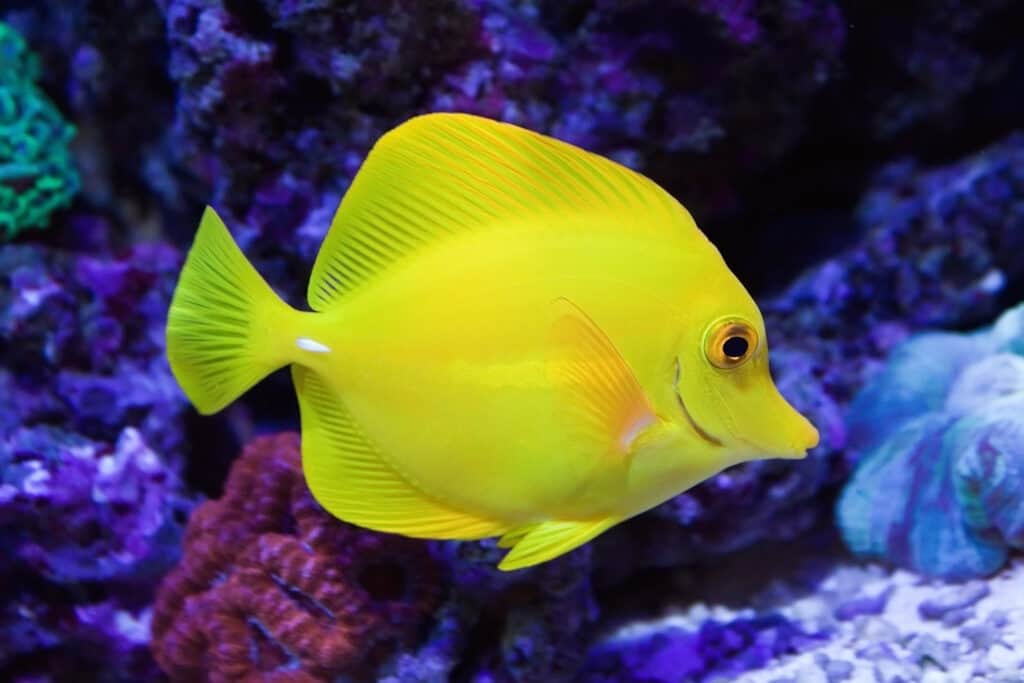
Range: Pacific Ocean in shallow reefs
Diet: Algae and other marine plant material.
Size: Up to 8 inches and 1-2 centimeters in thickness
Life Span: 30 years
Tangs are part of the surgeon fish family with the distinctive characteristic of the scalpel-like modified scale at the base of the tail that they are able to extend from the body. This scale is sharp and helps protect them from danger.
At night the yellow coloring slightly fades and a brownish parch develops with a horizontal white band. In the daylight their bright yellow color returns
Yellow Tangs can provide a cleaning service for sea turtles by removing the algae on their shells
Black Spiny Sea Urchin
Range: Indo-Pacific area
Diet: Herbivore including algae.
Size: Test up to 3 inches, spines up to 2 inches long
Weight: 0.077-0.18 pounds
Life Span: 4-8 years
The spherical part of the body is called a Test that is the body of the organism and houses all of its internal organs. Their spines contain a mild venom and they have distinctive five white spots on its test. The bright orange ring is the butt of the urchin while its mouth is on the bottom of the urchin.
They are the main grazers on coral reefs that will keep the algae from overgrowing. Black Spine Sea Urchins will hid in crevices with only their spines poking out and will travel at night.
This species has the best vision amongst sea urchins by detecting light that enters each spine and sensed at the base.
Anemone Crab
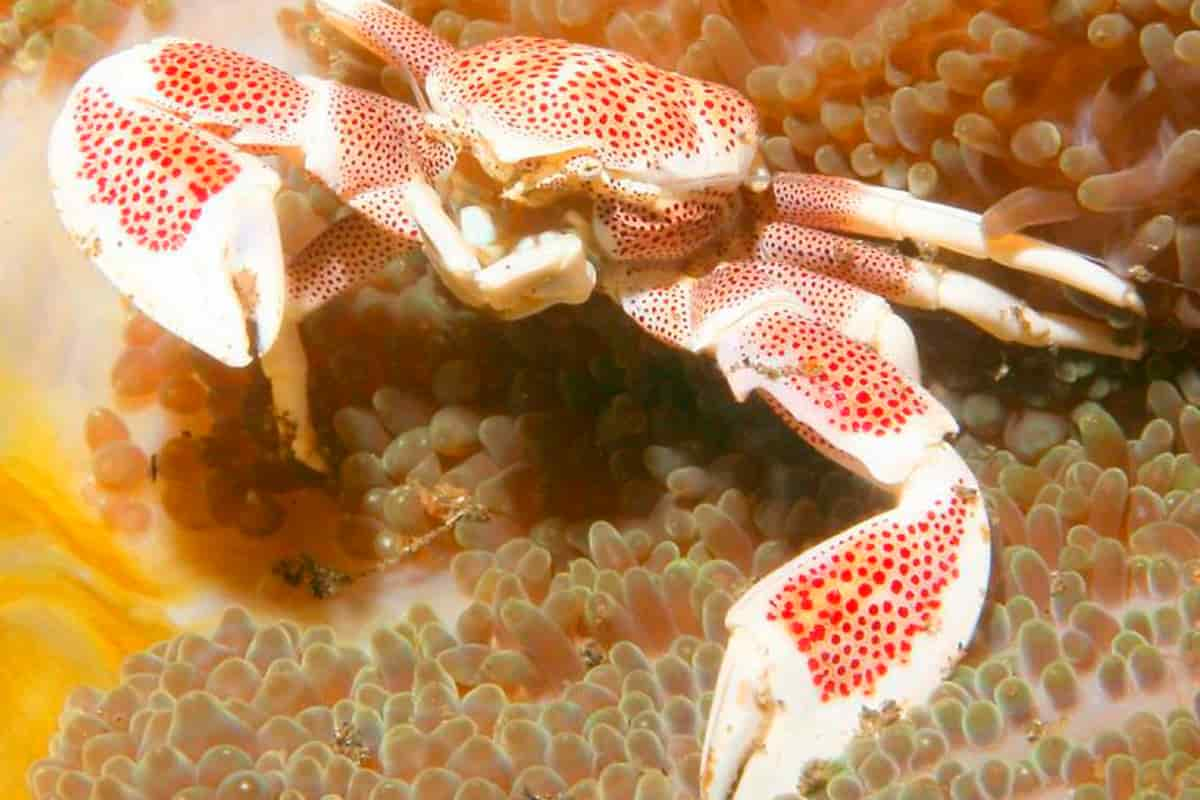
Range: Indo-Pacific Ocean
Diet: Filter Feeders
Size: 5 cm
Life Span: Up to 5 years
Even though these Anemone Crabs resemble true crabs they are actually more closely related to squat lobsters. Their large claws are used for protection and territorial fights with other crabs rather than for catching prey. Mouths have finely laced fans that they use to filter food out of the water.
Anemone Crabs have close relationships with anemones because the crabs receive the protection and the anemones are unharmed.
Mushroom Coral

Range: All over the world
Diet: Photosynthesis and zooplankton
Size: 2-3 inches
Life Span: Unknown
Bubble Tip Anemones
Range: Tropical Waters of the Indo-Pacific area including the Red Sea
Diet: Omnivore. Filter feeds with its tentacles.
Size: 1 foot in diameter
Life Span: 100 years
Anemone is able to photosynthesize by its symbiotic relationship with zooxanthellae and collects nutrient through them.
Also, has a symbiotic relationship with anemonefish. The anemone provides shelter and defense for the anemonefish while the fish provides food and defense against other predators.
The tips of the anemones will have the bulbs based on flow, light, bacterial count, color, and if its hosting or not


